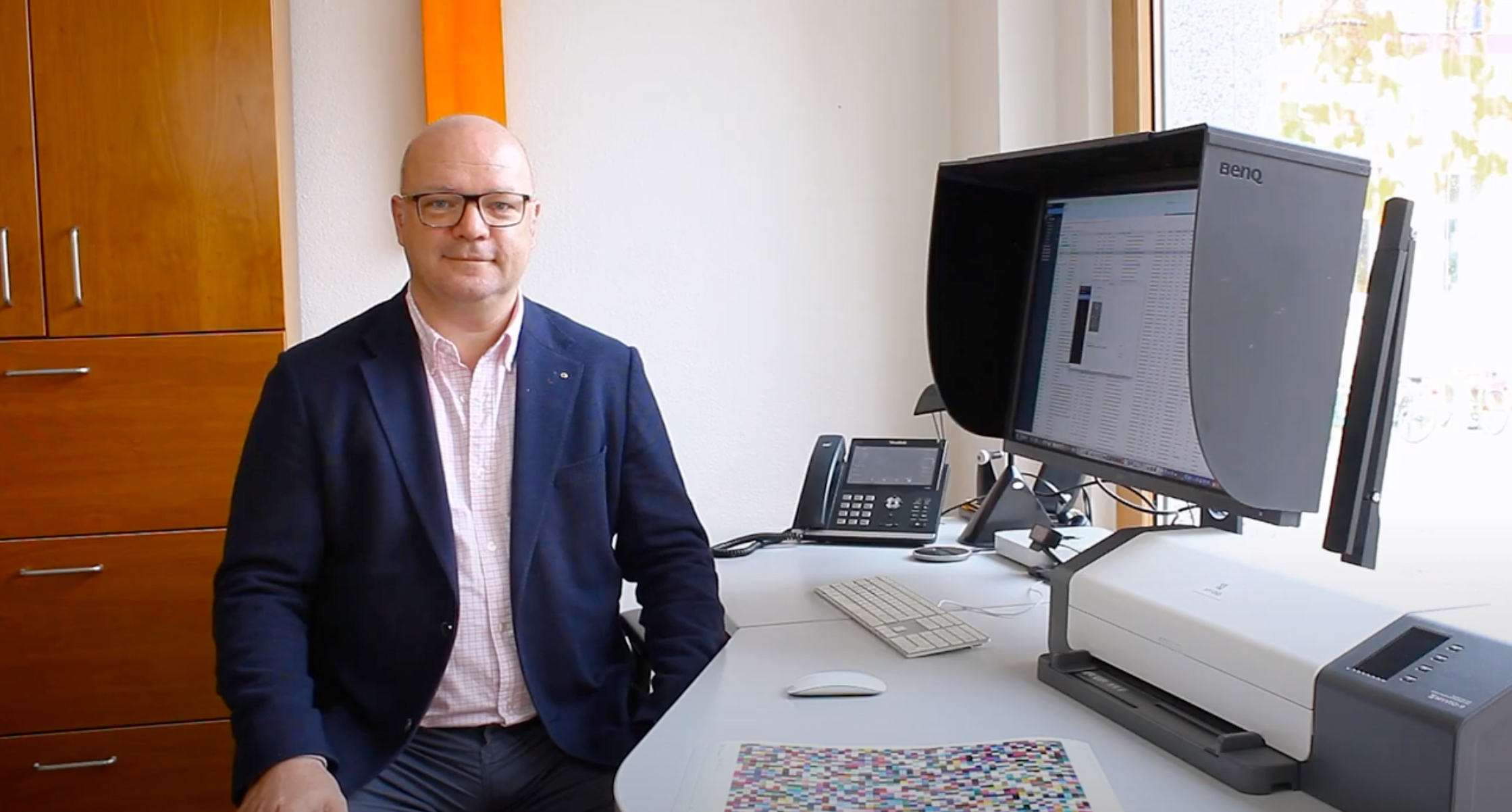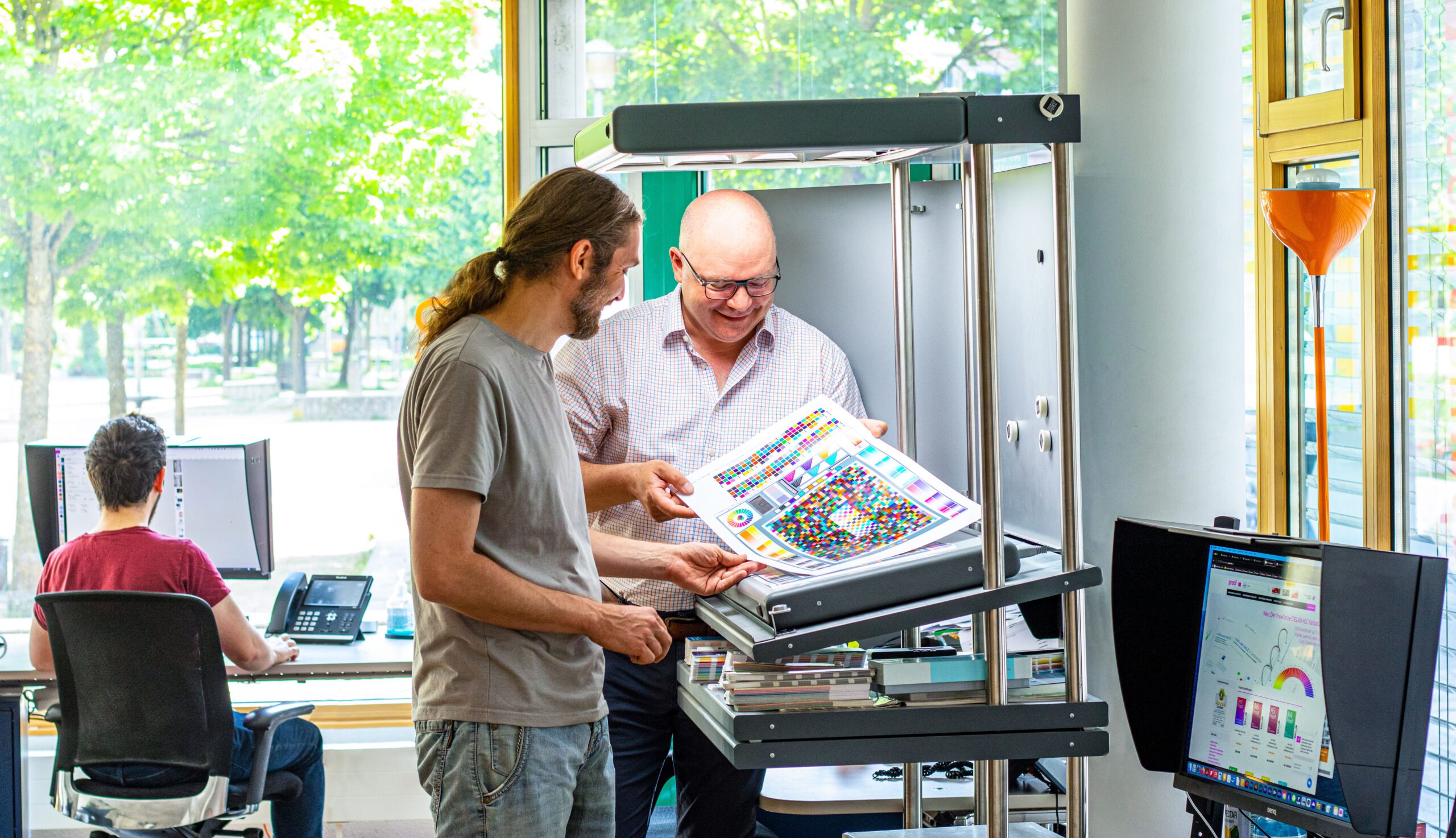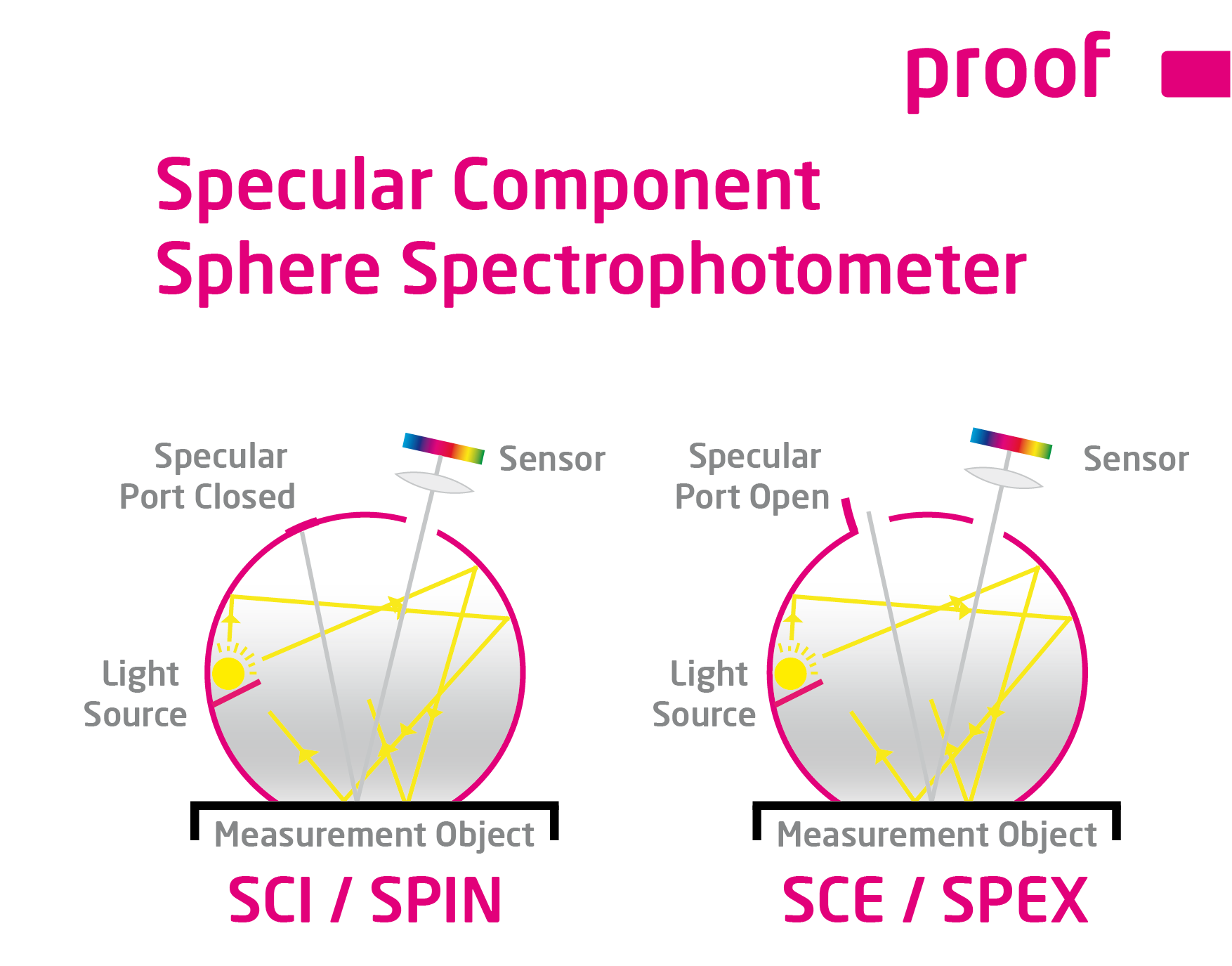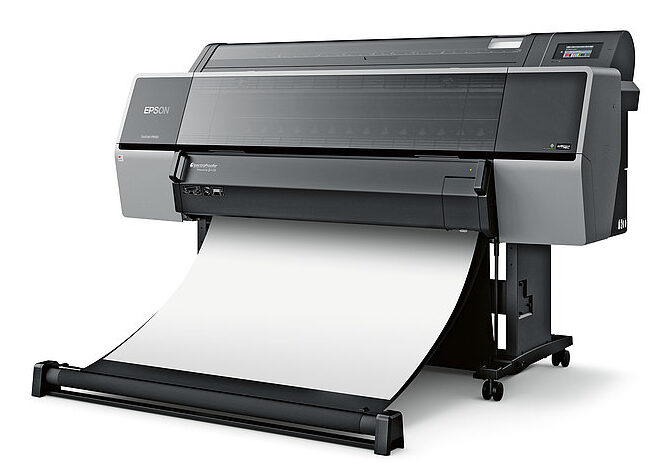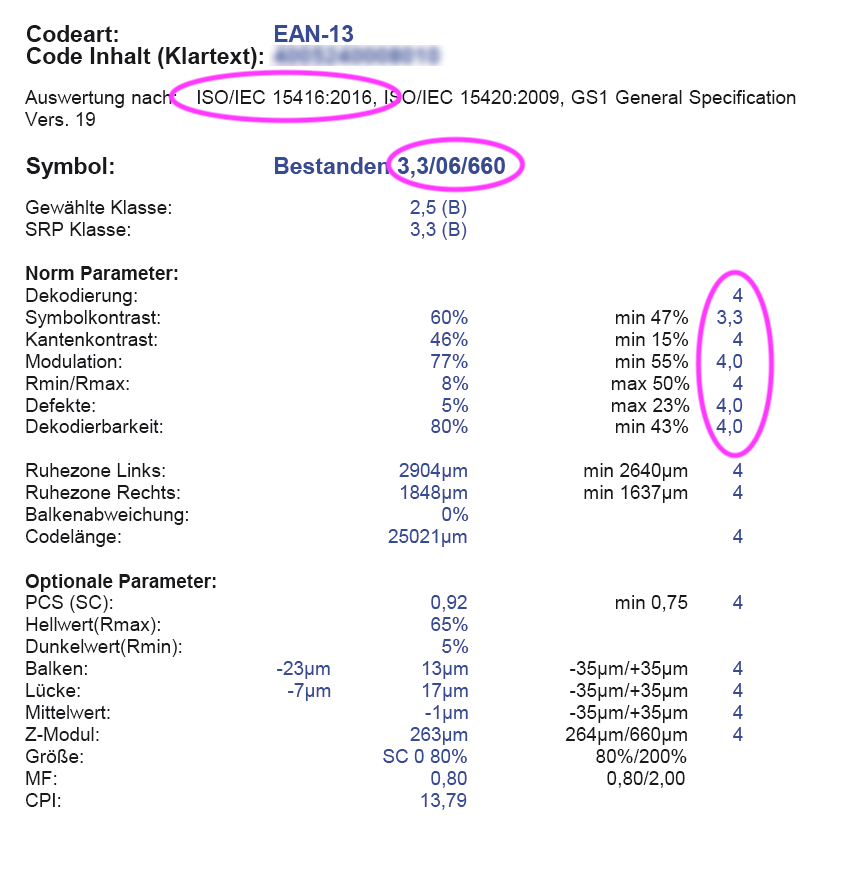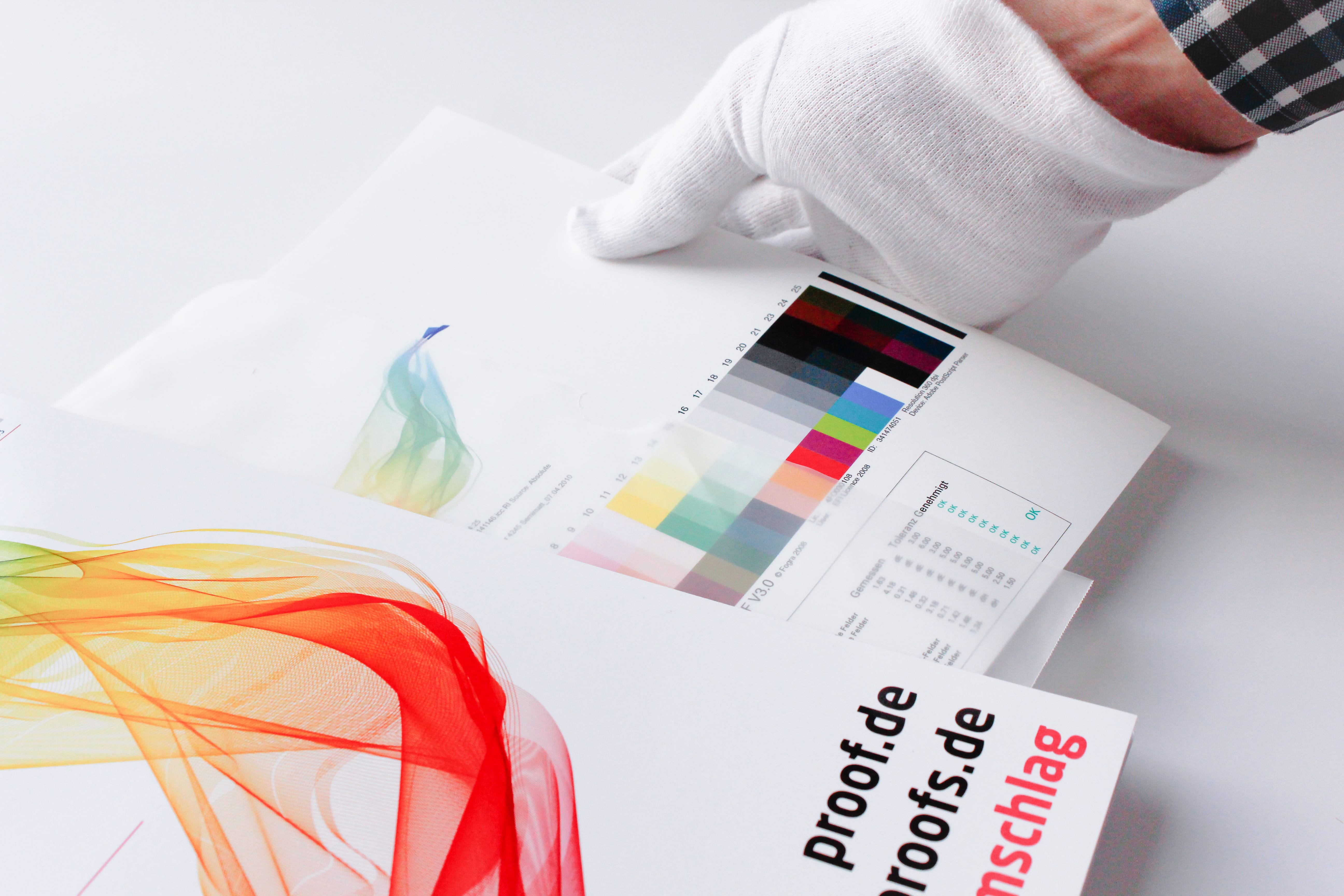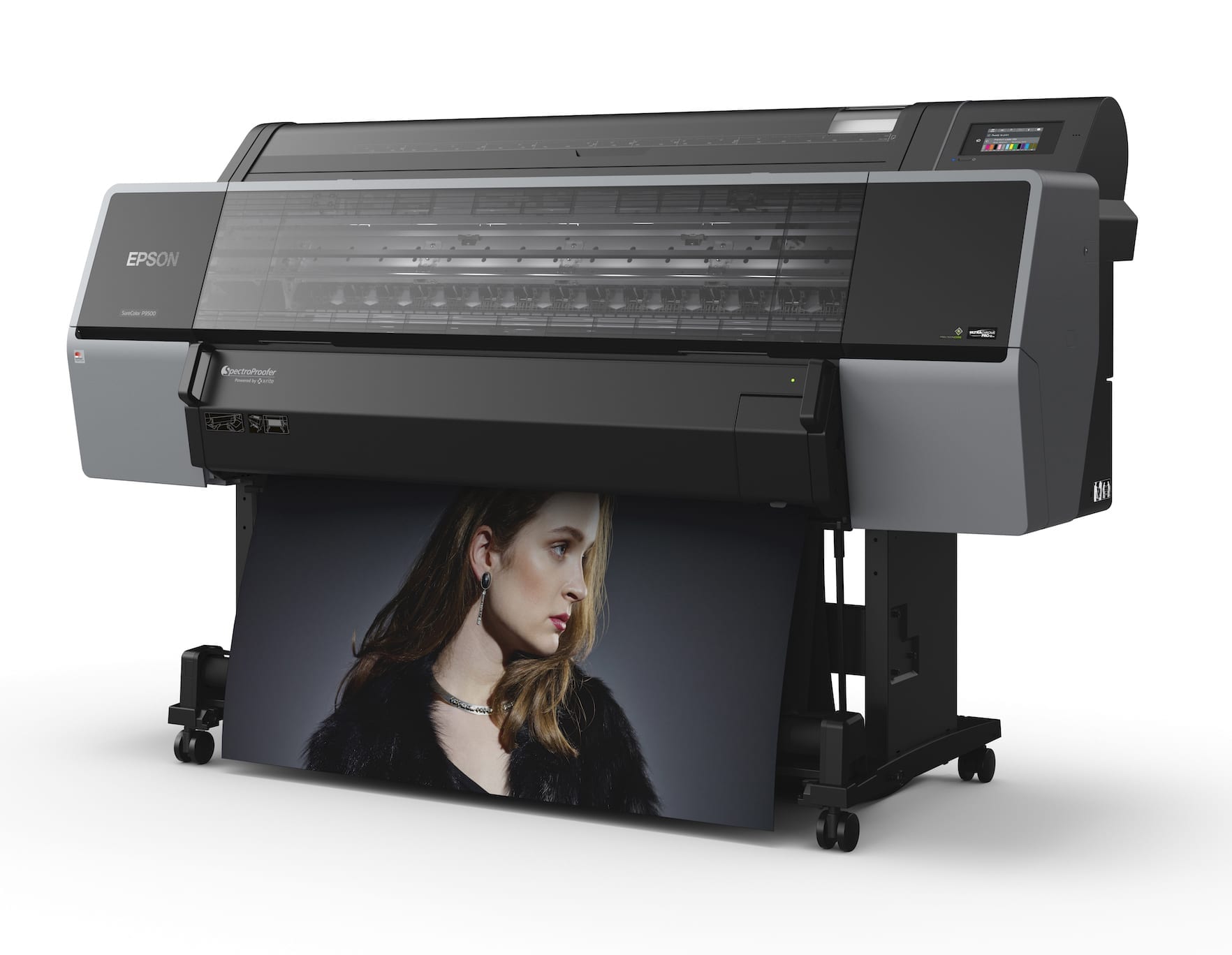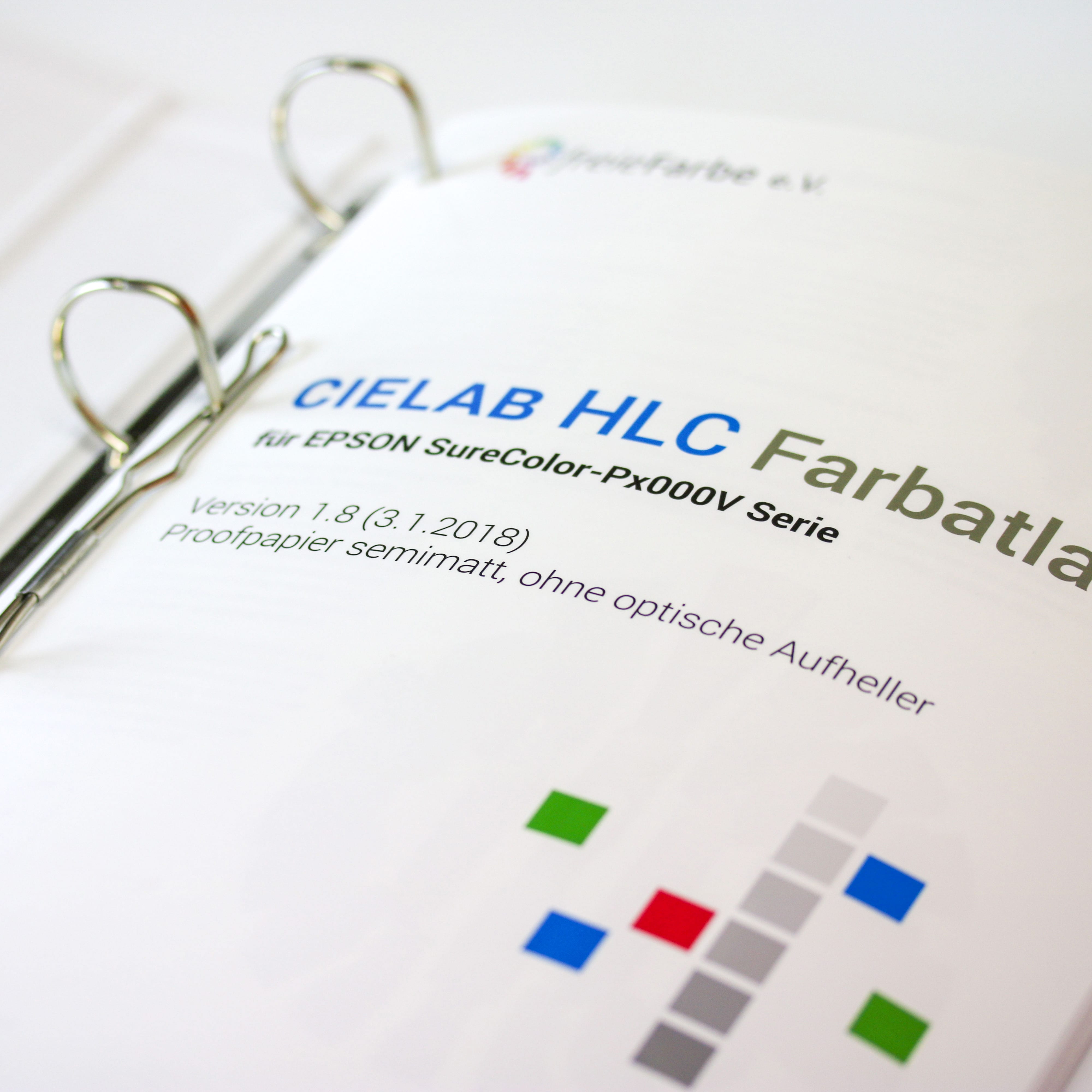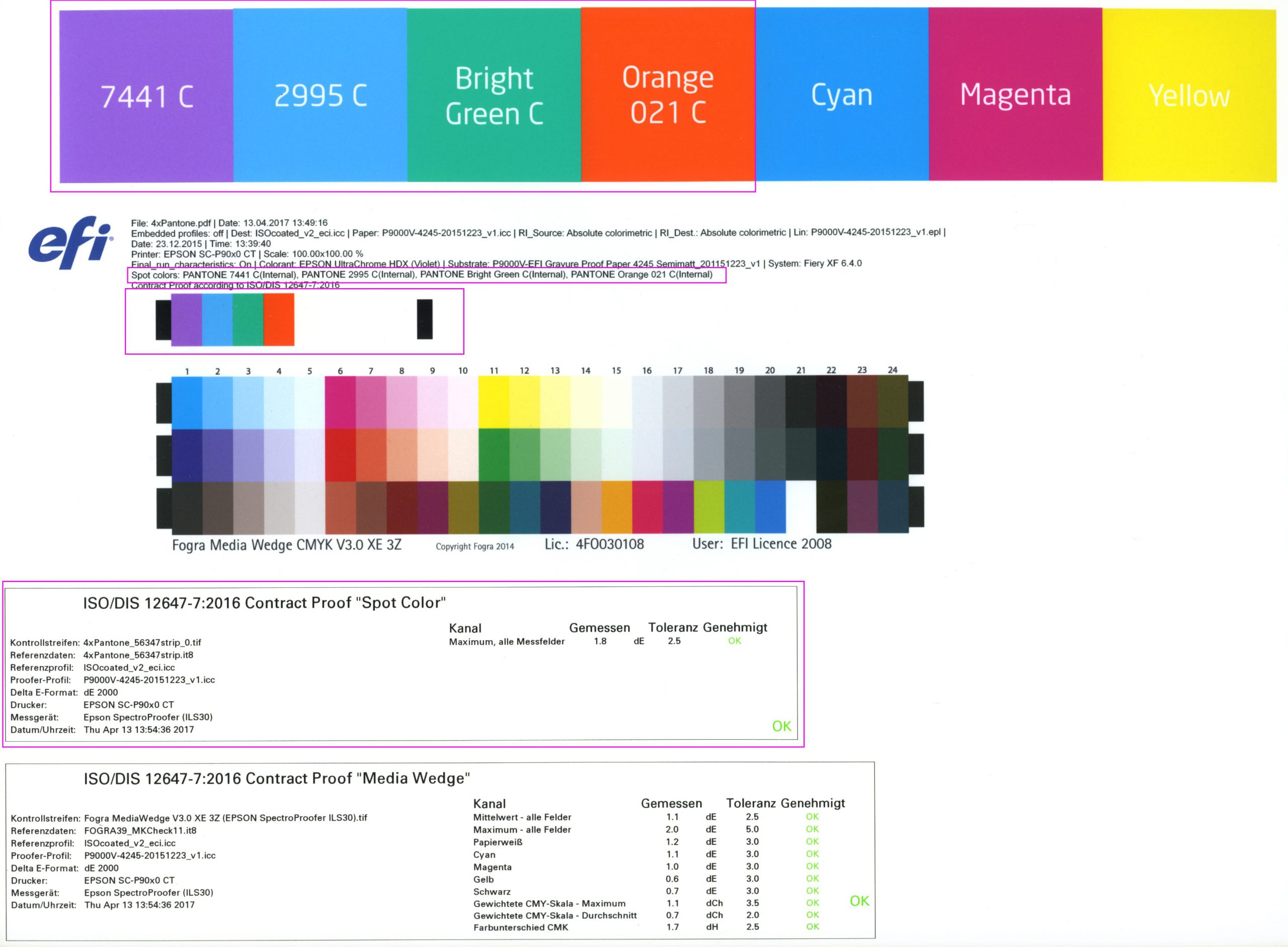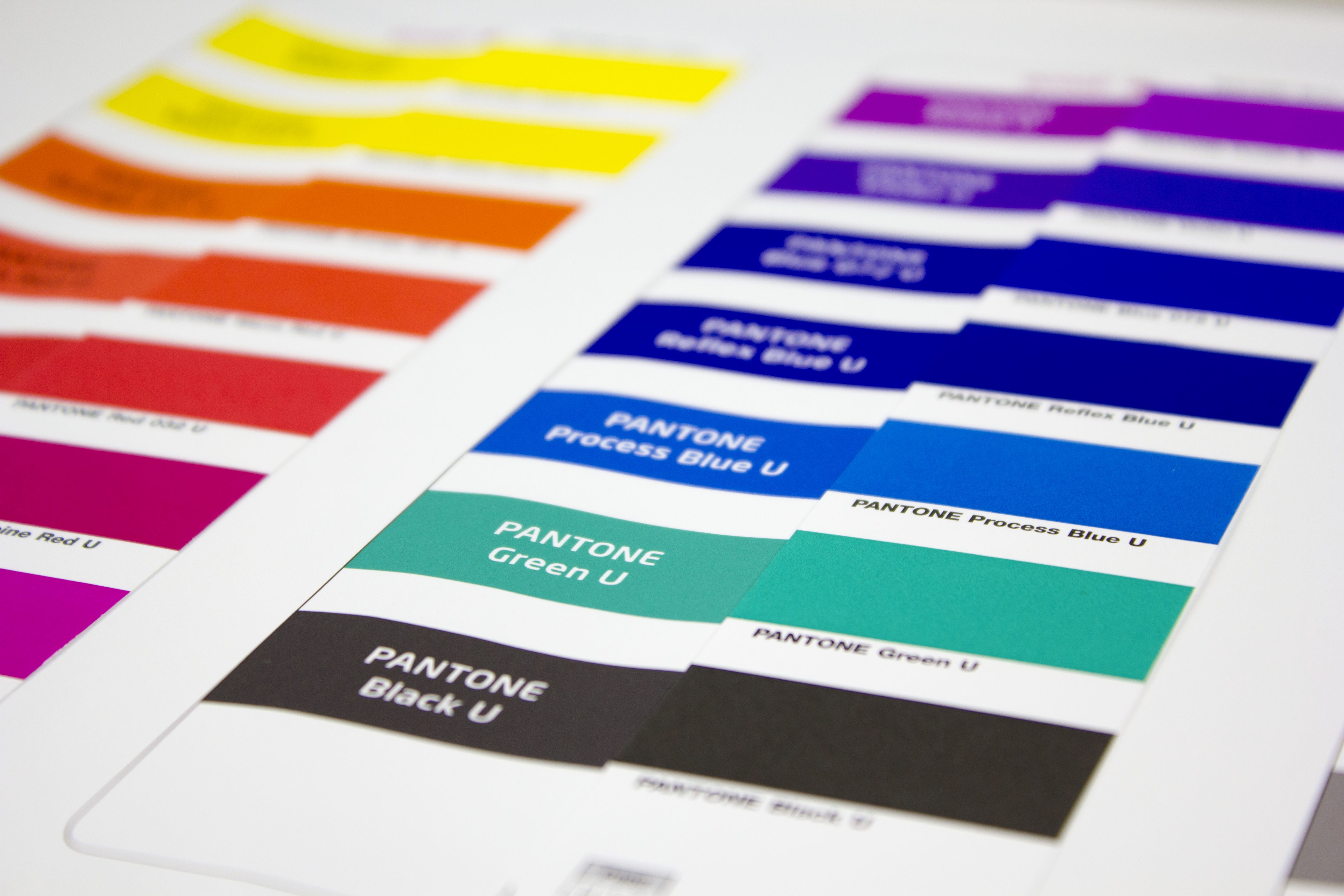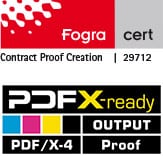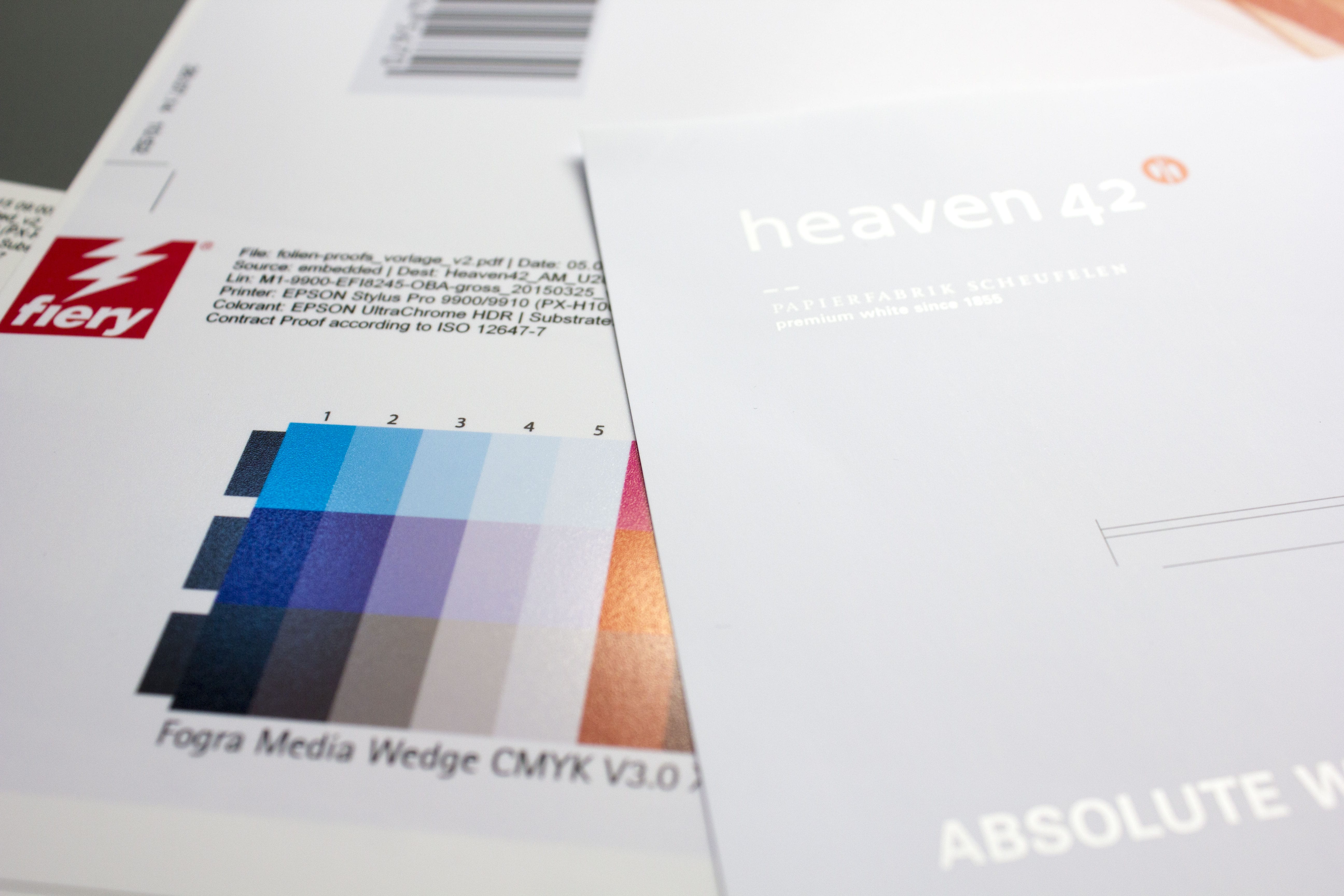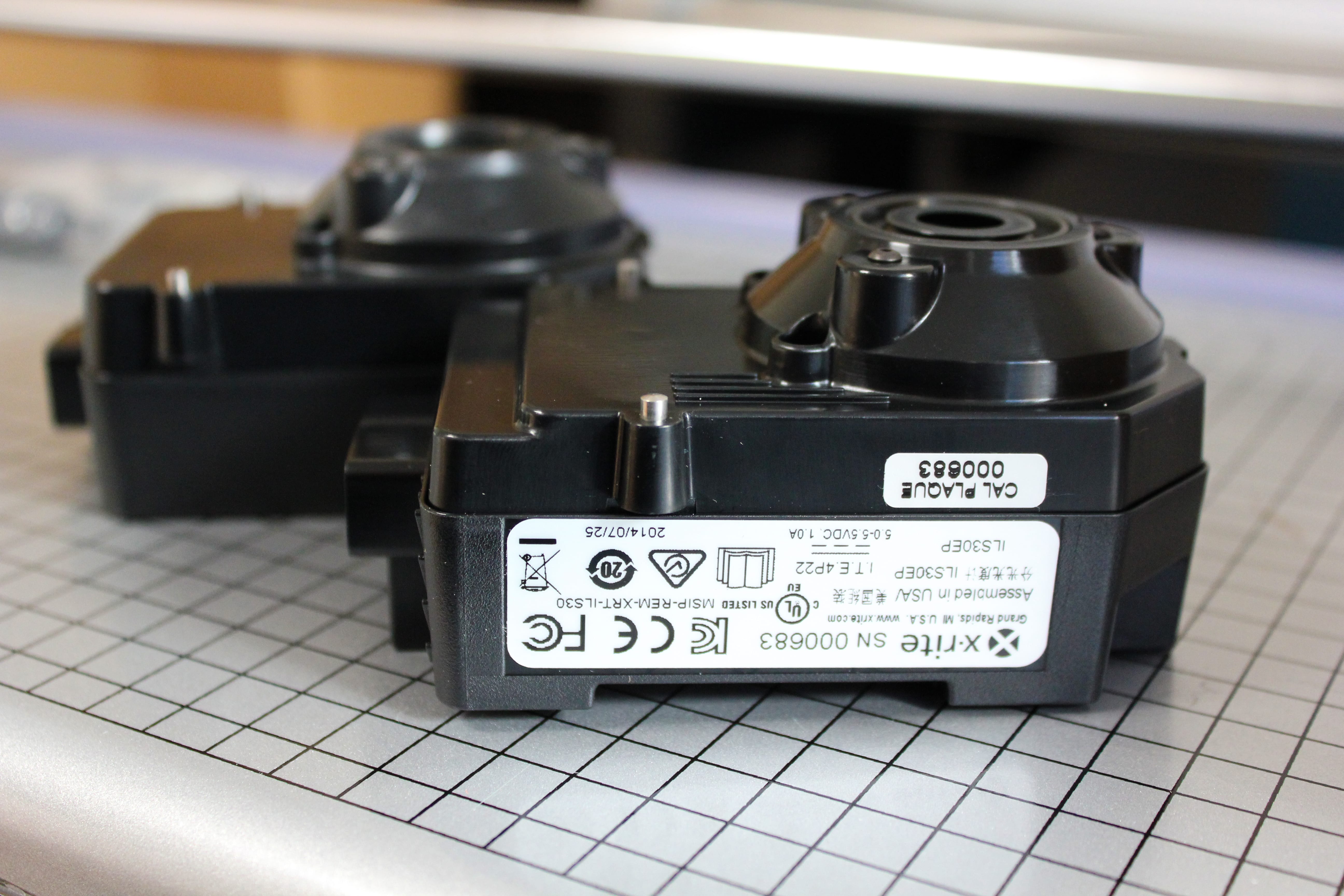Proof cheap is a typical search term that people use in search engines to find a cheap, colour and legally binding proof. But what makes a cheap proof?
A proof is one that is produced according to the specifications of the latest revision of the proofing standard ISO 12467-7 and is within the tolerances of this standard. The current revision is ISO 12647-7:2016, which has been tightened even further with this standard and has been supplemented by a certified edition of spot colours such as PANTONE and HKS.
Such certified proofs can be ordered at shop.proof.de for all proof profiles.

